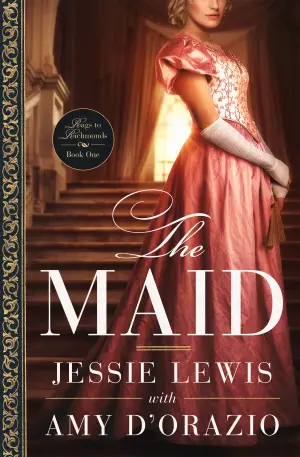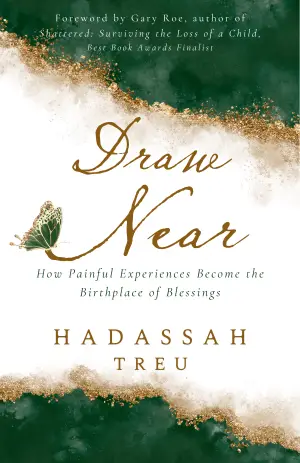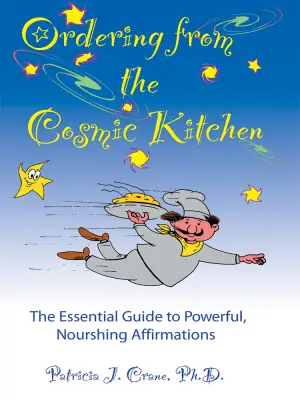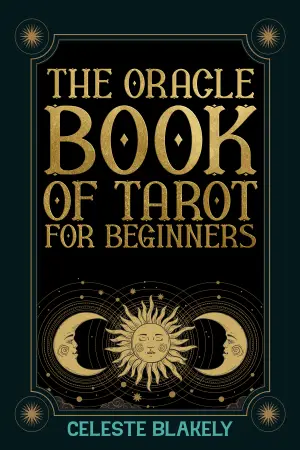A Journey Through Art and Intrigue: A Review of The Magnolia Palace by Fiona Davis
From the moment I read the first page of The Magnolia Palace, I knew I was in for a captivating experience. As a long-time admirer of Fiona Davis’s knack for weaving historical significance into her narratives, I was eager to dive into this dual-timeline tale. Set against the backdrop of New York City’s illustrious Frick Museum, the story expertly intertwines art, ambition, and the complexities of human relationships, offering readers an engaging glimpse into a world where beauty comes hand-in-hand with secrecy.
The novel begins in 1919, just after Lillian Carter has lost her mother to the Spanish Flu. It’s a heartbreaking start that establishes Lillian as a young woman adrift in a city that once celebrated her as an artists’ model. The dichotomy of her beauty and societal judgment is powerful; she bears the weight of being seen as both a muse and a suspect, which leads her into a whirlwind of danger and opportunity when she becomes the secretary to Helen Clay Frick. I found Lillian’s character not only relatable but also deeply intriguing—her resilience in the face of adversity is inspiring, and Davis captures her struggle beautifully.
The narrative expertly balances Lillian’s story with that of Veronica Weber, a 1960s fashion model who finds herself trapped in the Frick Museum during a snowstorm. I loved how the juxtaposition of these two women—each grappling with their own identity and societal expectations—offered readers a nuanced exploration of female strength through the ages. Veronica’s clumsiness at the shoot brings a sense of humor to the mix, and her chemistry with Joshua, the art curator, is both heartwarming and electric.
What truly struck me about The Magnolia Palace was Davis’s ability to intricately layer facts with fiction. Her extensive research shines through, particularly in the vibrant descriptions of both the Frick mansion and the iconic artworks that resonate throughout the story. The author’s Notes at the end are a treasure trove for readers like me who appreciate the fine line she walks between reality and imagination. Davis has truly perfected the art of leaving readers feeling enriched and enlightened.
The pacing of the novel is commendable, moving seamlessly between timelines filled with suspense, mystery, and romance. It’s the kind of book that beckons you to read just one more chapter, late into the night. I found myself highlighting quotes that encapsulated the emotional depth of the characters, particularly Lillian’s reflections on art and her place within it: “Sometimes, being a muse felt like being a ghost in your own life.” This thought lingered with me long after the last page was turned.
I wholeheartedly recommend The Magnolia Palace to anyone who loves historical fiction infused with real-world artistry. Fans of rich narratives about powerful women facing societal constraints will find a lot to enjoy here, as will anyone intrigued by the stories behind famous landmarks. The experience not only left me with a strong desire to visit the Frick Museum but also to reflect on the often unspoken stories woven into our shared histories.
Fiona Davis has once again gifted us a novel that’s not just a story, but an invitation to explore the past through the lens of art, identity, and the intricate tapestry of human experience. I’m already looking forward to her next masterpiece!
















